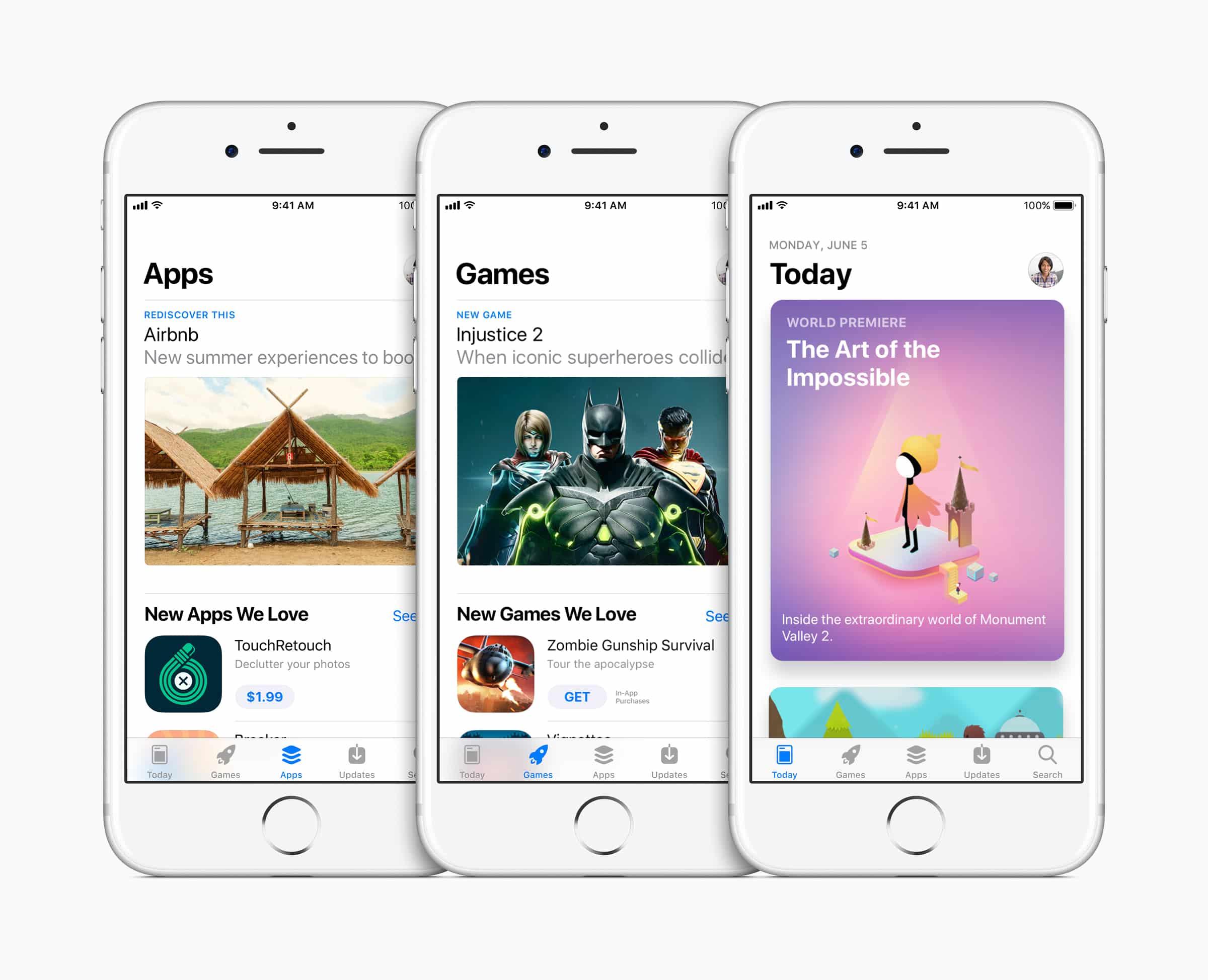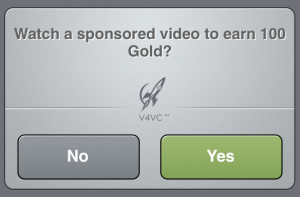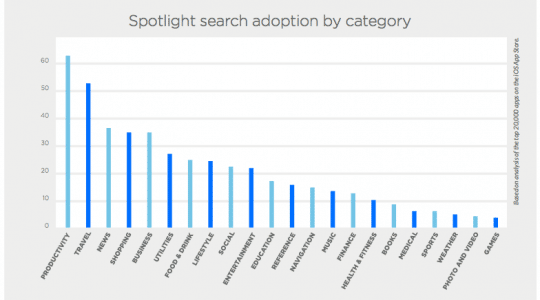
One of the most hotly contested topics for mobile app marketers is the use of incentivized advertising to drive app downloads. A successful mobile ad incent campaign often requires a high investment in ad spend, and a seasoned marketer with a sizable ad budget behind the wheel.
Incentivized ads reward a user in exchange for completing an action – whether the action is an app download, a full video view, or referring a friend to register for a car service and take their first ride. In the case of mobile app advertisements, the reward is typically virtual currency, an upgrade within a game, or a discount on a product or service.
Incentivized Advertising Basics
Here’s an example of an incentivized ad offering digital currency in exchange for watching a sponsored video:
Non-incentivized ads promote the app without the exchange of a reward, but there is no guarantee that the user will complete any further action.
In the early days of mobile advertising app launches, marketers would run high-volume burst campaigns comprising incent and non-incent ad formats, with the primary intent of driving downloads and rising in the ranks of the app stores. The app ranking would propagate a lift in organic installs leading to initial engagement at the very least, and app developers with an engaging product would also see longer-term activity in a best-case scenario.
Immediately following the initial burst, growth teams prioritized the acquisition of users that engage and spend within their app, and would thoroughly optimize a series of ongoing, lower-volume campaigns to maintain a base of active customers.
The one-two punch model of burst campaigns followed up by sustained campaigns persists, though the rules are more complicated. Apple and Google have taken steps to limit the extent to which incentivized app downloads can skew a particular app’s rankings as this affects the integrity of their search algorithms. The proliferation of competitive apps has increased mobile advertising costs across the board, particularly when the marketer would like to promote the app to a specific audience.
 Apple addresses the practice of incent ads in their Developer Guideline 3.10, which reads that “Developers who attempt to manipulate or cheat the user reviews or chart ranking in the App Store with fake or paid reviews, or any other inappropriate methods will be removed from the iOS developer program.” Accordingly, marketers are exercising more discretion with regard to the volume and ad format of incentivized campaigns, favoring campaigns that reward users for a video view rather than an app download.
Apple addresses the practice of incent ads in their Developer Guideline 3.10, which reads that “Developers who attempt to manipulate or cheat the user reviews or chart ranking in the App Store with fake or paid reviews, or any other inappropriate methods will be removed from the iOS developer program.” Accordingly, marketers are exercising more discretion with regard to the volume and ad format of incentivized campaigns, favoring campaigns that reward users for a video view rather than an app download.
Google takes a wide range of factors into account when determining app rank in order to limit the effects of incentivized installs.
In Closing
When considering incentivized advertising, set expectations based on your available ad budget and active user base first, and determine whether it is a worthwhile strategy to prioritize the action you incentivize. Keep in mind that the highest ranked apps drive thousands of downloads daily, and of course, ensure your product appeals to the users that come on board.
Carry on!
![]() This article is part of the Mobile Marketing Essentials series.
This article is part of the Mobile Marketing Essentials series.
Author
Becky is the Senior Content Marketing Manager at TUNE. Before TUNE, she handled content strategy and marketing communications at several tech startups in the Bay Area. Becky received her bachelor's degree in English from Wake Forest University. After a decade in San Francisco and Seattle, she has returned home to Charleston, SC, where you can find her strolling through Hampton Park with her pup and enjoying the simple things between adventures with friends and family.




Thanks Sheila, great overview.
For having worked in that space (Tapjoy), it should also be noted that while moving away from just burst campaigns, experienced UA teams continue to use incentivised traffic with a focus on pay-per-engagement rather than pay-per-install campaigns.
This has proved to reduce the risk and increase user quality dramatically. Most ad networks & platforms are now supporting that type of format where an advertiser only pays for a completed install + secondary in-app action.
As one who has been in this situation before, I know that advertisers (me) are willing to pay much less for incent traffic because like you said, it worked well only while it was ok to run such burst campaigns, and with the new guidelines, it’s no longer effective (your burst campaign cannot reach a critical mass now that that the amount of incent supply has decreased). When you think about it, “bribing” a user to download app B in order to get sth back in app A has the downside effect that the user’s mind is still immersed in app A while he’s opening app B (my app) which gives me low quality users in general. I’ve had bad experience with incent traffic due to that. Maybe I need a seasoned marketer and a lot of budget for incent campaigns to get them right, but if that’s the case, what’s the point? I get low quality users while paying more for it (not on the media which is cheaper but for more experienced marketer and more volume).
Something that seemed to work better for me (I use Trophit along with my tracker to implement this) is creating campaigns that give away a “small piece” of my app for free (“free +200 coins”) rather than my “whole” app for free (e.g. “free app, download now”), so when the user downloads MY app, I give him something extra inside MY app (not inside some other app which drove that user to me), so it’s basically a standard non-incent campaign which gives the user some “free desert” in my restaurant :). It’s like I configure different “starter packs” for different user segments BASED on my different ad campaigns, so I can optimize and test different values for different users and improve my revenue over time… Users seem to respect this because I usually see longer engagements with those users (session length goes up) and thus more opportunities to re-engage them as you mentioned above, not to mention more opportunities to monetize. Note that the extra value I give them is usually small enough not to greatly impact initial revenue, but I feel that such a “free desert” tactic is a way to invest in your users rather than trying to take all their money upfront :))
My 2 cents :-/